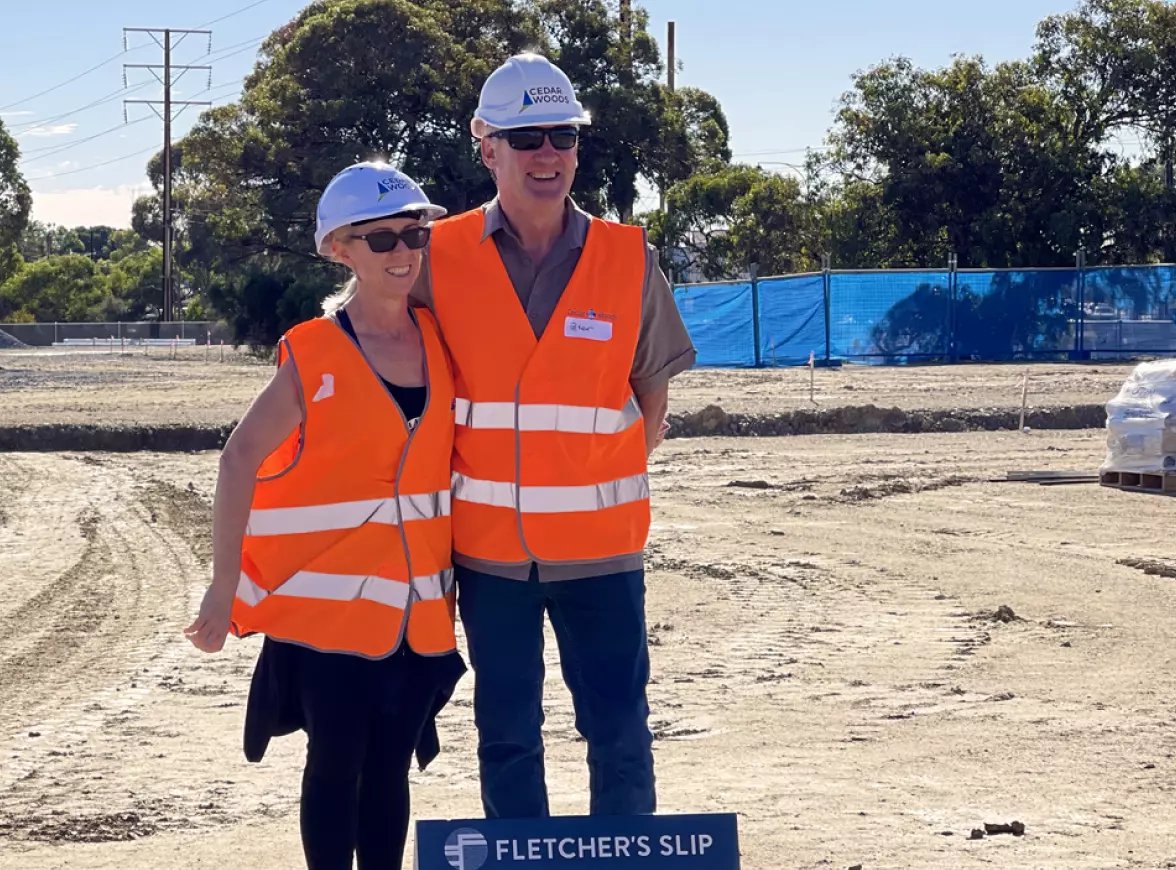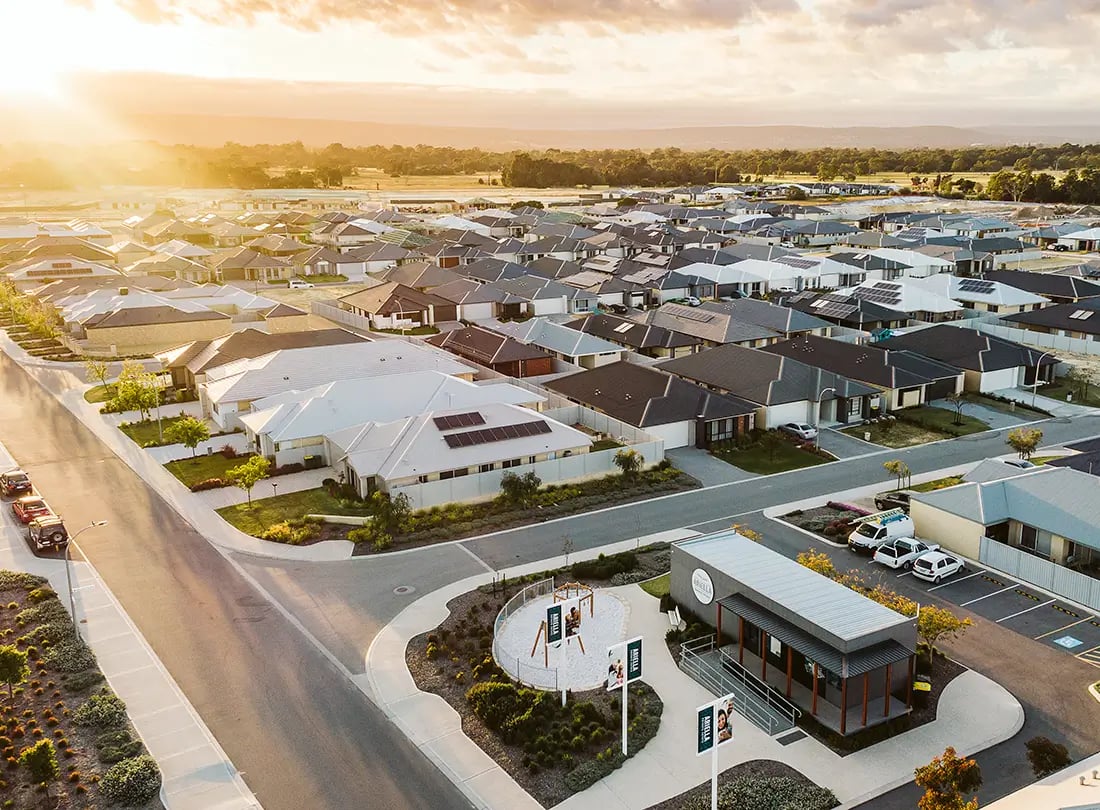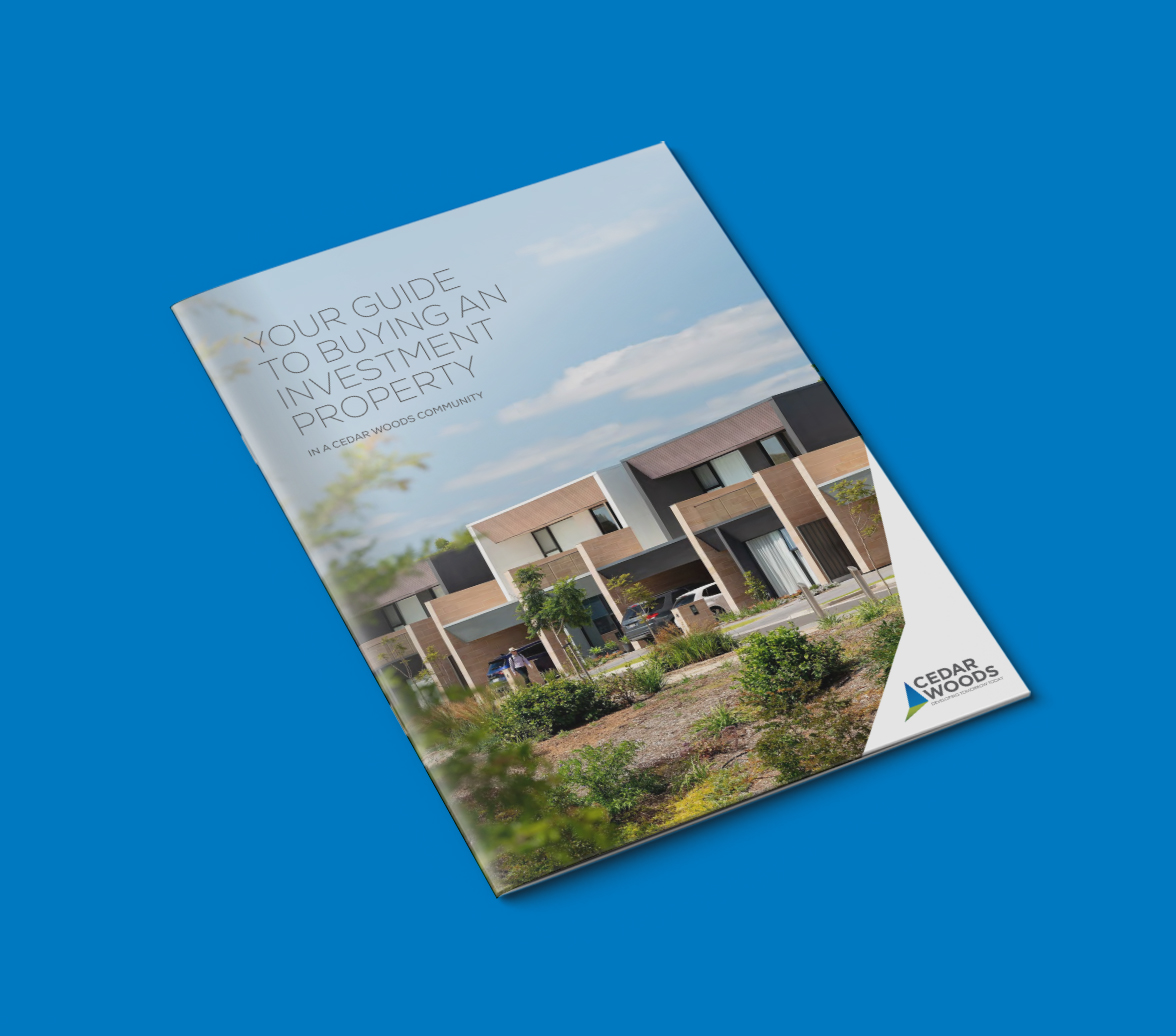-
Our Company
Our Company
Our Company
FIND OUT MORECedar Woods Properties is a leading, national developer of residential communities and commercial developments.
-
Projects
Projects
Projects
- Homebuyer resources
-
Careers
Careers
Careers
CURRENT OPPORTUNITIESAcross Western Australia, Victoria, Queensland and South Australia, our employees are dedicated, enthusiastic and experts in their field.
-
Investor Centre
Investor Centre
Investor Centre
SHAREHOLDER RESOURCESCedar Woods (ASX: CWP) has a strong track record of creating thriving communities for our customers and, in turn, delivering value for our shareholders.
-
News & Blog
News & Blog
News & Blog
- Contact Us








